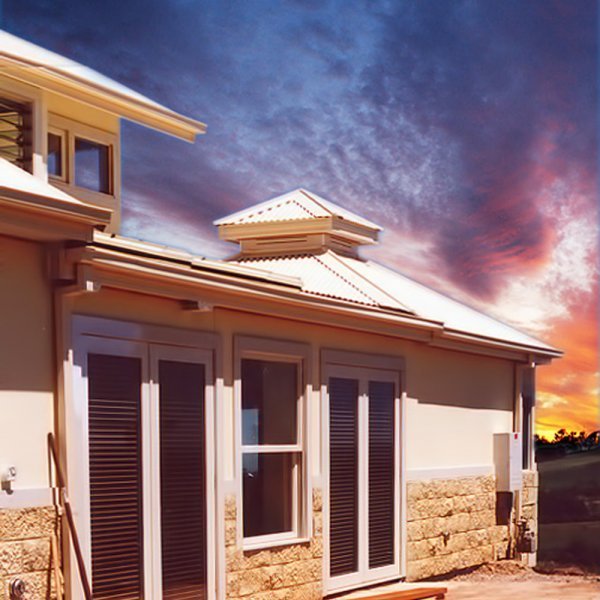save money and the environment with an eco-friendly office
By Bridget Puszka, BP Architects
Want to reduce your ecological footprint? Are you planning to jazz up your office in an environmental way? Then there are two aspects to consider. There is your actual building. And there is how you can make your business more environmentally friendly. And reduce your ecological business footprint.
This two-part article shows you how you can have a low business ecological footprint. The first part discusses lowering your ecological footprint by making your office an eco-friendly office. Then the second part looks at green business systems.
five Ways to reduce your ecological footprint
Described in the MacMillan dictionary an ecological footprint is described as:
the amount of land needed to replenish the resources used by something, e.g. to grow enough trees to replace those used to build a cabin
The following five practical tips will pay dividends in the long run, and most have very short payback periods. They may also save you money from the word go so for any business owner; they are all worth considering. If not now, you can plan for them as your need arises for each of these energy efficient and money saving tips. These are the five practical tips to reduce your ecological footprint
- Renovate your Office
- Summer Cooling
- Winter Warmth
- Paint your office
- Colour in your office
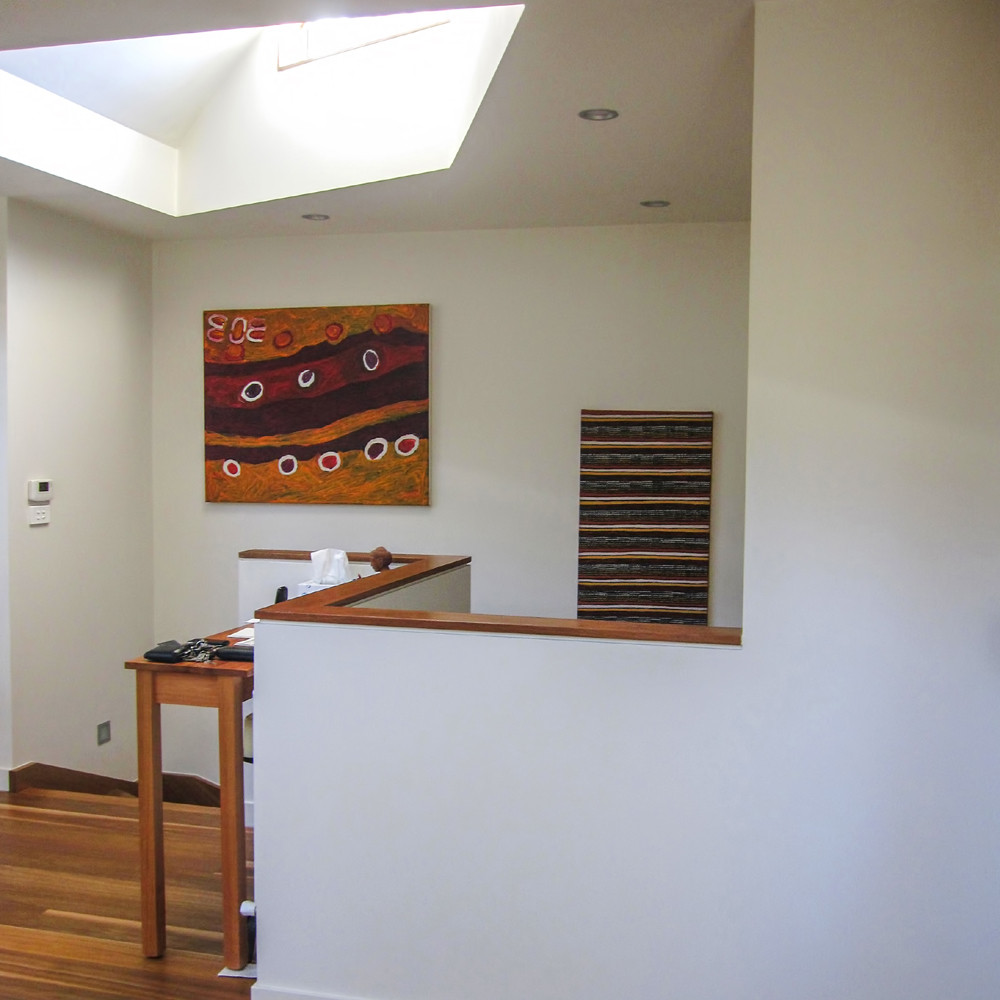
1. Renovate your Office to reduce your ecological footprint
If you work from home, you already have a reduced ecological footprint. You can improve your ecological footprint this further if you plan to renovate your home and home office.
It is always good to upgrade your building so that it works better for you. If you make it a more energy-efficient home and home office, you will have a comfortable living and working environment. Your energy bills will be lower, and your working environment will be improved.
2. Summer Cooling for a low ecological footprint
Shading your windows will block out the heat from the sun. If you do this successfully, you can still let the sun in during winter and block out the summer sun.
Each orientation of your house exposes it to different angles from the sun. On the east and west, you have the low angle of the morning and evening sun. Vertical screens help block out the rising and setting sun. On the north side, you have the sun at it’s highest in the sky during the middle of the day. And on the south side of your home, you might be exposed to the early morning and late evening sun during the middle of summer.
It is best to shade your windows from the sun’s heat on the outside of your window rather than the inside. Shading your windows will stop the sun’s heat before it comes into your home office.
If you have a window that is on the east or west side of your house and you want to shade this window, you can strategically plant trees or shrubs. They will provide vertical shade for your window from the low angle of the rising and setting sun.
Windows on the north side can usually be shaded during summer by the eaves of your house. If you do not have eaves, then you might consider external shutters or a sun-shading device over your window.
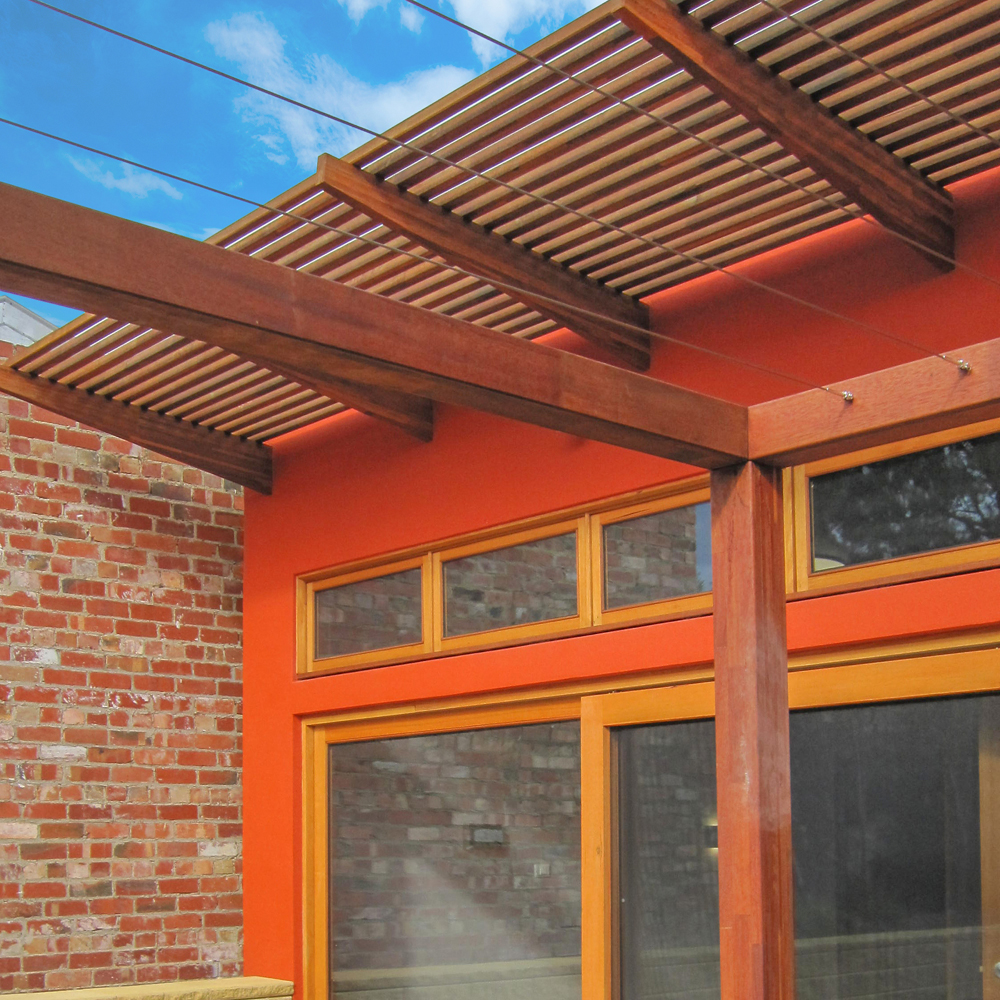
Window films and coverings
If overheating is a problem in your office, a window film can reduce your home office’s heat input. Placing a window film on your windows will also block out any direct winter sunlight by the same percentage.
Or you can install a removable perforated reflective sheet to the inside of your window, which will reflect the heat from the sun. The perforations in the sheet still allow you to see through to the outside.
3. Winter Warmth with a low ecological footprint
Insulation provides the best return on your investment when looking to make your home and home office warmer. It also helps to keep the heat out during summer.
Insulation is usually easily installed, and the payback period for insulating is typically a couple of years. Hot air will rise. So high levels of insulation in the ceiling will work the best for you.
If you have timber floors, you will get drafts coming from the sub-floor through the floorboards’ gaps and an upward direction. Insulation such as reflective foil insulation with foam insert, which comes in a sheet, can be installed under the floor to stop these drafts.
Single glazed windows have poor insulation properties. If you need to replace a window, then you might consider installing a double glazed window.
If you want to insulate your windows, but don’t want to replace them, then you might consider heavy drapes with a pelmet. Heavy curtains and pelmets will help to keep heat in overnight.
Or you might consider installing or installing a second transparent acrylic or glass sheet to your window frame. This second layer on your window will slow the heat flow and help reduce any outside noise.
4. Paint with your ecological footprint in mind
Painting is the readiest way to jazz up your office for the New Year. If you use low emission paint, which has low levels or zero levels of volatile organic compounds, you can paint in an environmentally friendly way. And reduce your ecological footprint.
You will find that these paints are better to use as there are no toxic chemicals in the air when you are working. And they are good for the environment as they have low or zero levels of chemicals in their manufacturing. The paint industry produces more chemical emissions than vehicles on our roads, so your choice can impact the environment.
5. Colour and your ecological footprint
If you have decided that painting is the way to go to jazz up your office, then you may want to know the impact of colour on your well being how the psychological properties of colours can affect how productive you are and have an influence on your judgment.
The colour that will make you feel most productive is an individual choice and different for everyone. Blue colours affect your mind; yellow your emotions; red your body; and green your ‘balance’.
Research into the effect of colour has shown that the intensity of that colour affects you as to how you will respond. A solid bright colour will stimulate, and paint with low saturation will soothe.

If you want to stimulate your mind, then painting your workplace blue would most likely make you the most productive. All the same, you may want to add a highlight of colour such as orange to add a bit of emotion to your colour scheme.
If you are a designer, you may want yellow colours in your workplace as an ego, confidence and optimistic stimulating tone. As the interior specialist Angela Wright states in the exact colour to paint your office,
“It takes guts to be creative and come up with something new – that’s why yellow works in that environment.”
If you do physical work, red will make you more productive as red is a physically stimulating colour. If a balance is what you want to achieve, green is your colour.
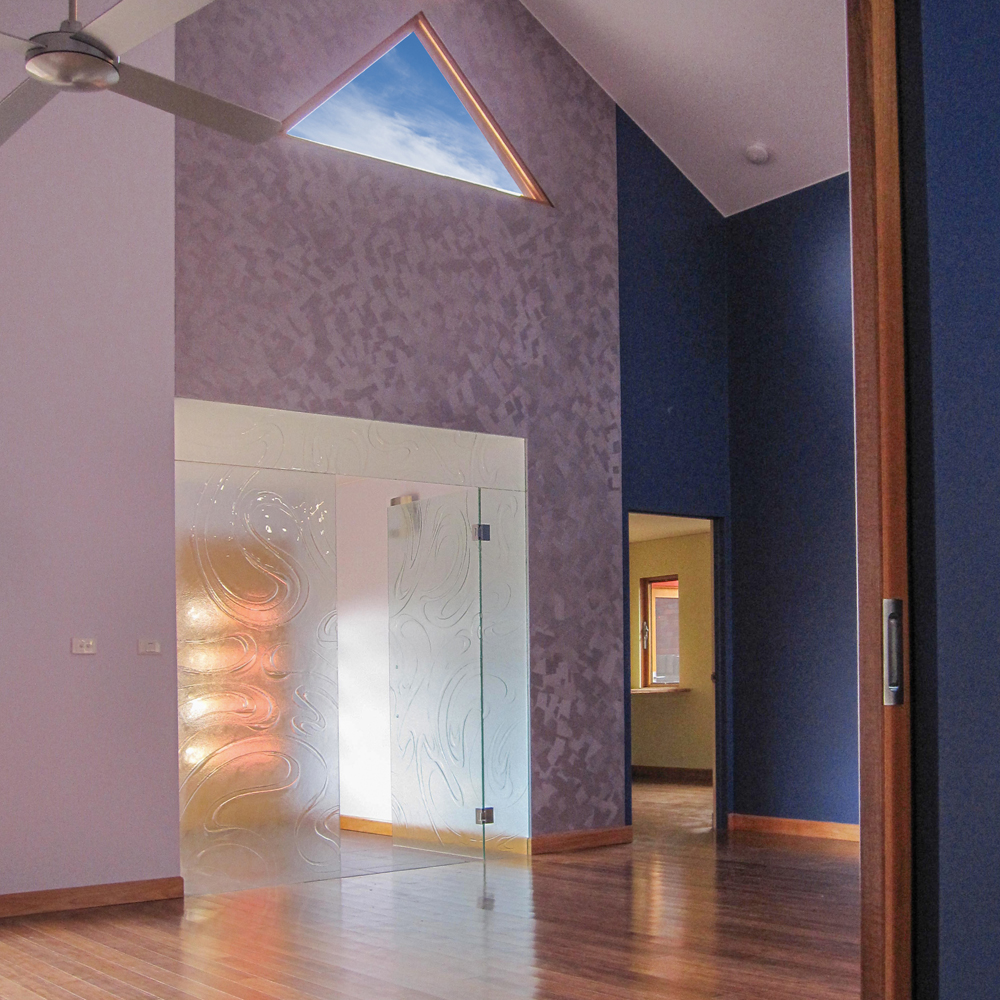
eight ways to Green your Business Systems and reduce your ecological footprint
The second part of making your business more environmentally friendly and save money at the same time is to consider your business practices. Ultimately changing your business practices in a green way to reduce your ecological footprint.
The following are eight ways to green your business systems and reduce your ecological footprint.
- Reduce Energy consumption
- Eliminate Phantom energy
- Forget Screensavers
- 4. energy efficient Office Equipment & Supplies
- Low Energy Lighting
- Air cleaning Plants
- Photovoltaics to generate your electricity
- Reduce, Recycle, Reuse
If you want your office to be environmentally friendly, you will want to have your green business system or, more formally known, business environmental management system. Your System would include how you rethink the way you run your business in a green way. Your business operations would consider reducing, reuse and recycling in all practical aspects.
1. reduce Energy consumption
The following are some ideas on how you can start saving money straight away. Some power plug timers and power boards with footswitches make it easier to implement these energy savings.
2. eliminate Phantom energy
Phantom energy is the electricity drawn from outlets when equipment is off but still plugged in. Switching off equipment when not in use will stop this energy consumption and stop paying for energy you don’t use.
Your home office equipment may include computers, printers, scanner, photocopier equipment, or a combination printer/fax/copier/scanner. In 2001 the Australia greenhouse office estimated if this equipment is left on continuously you will use approximately $220 worth of electricity.
The ‘Green Office Guide’ is a joint initiative of the Commonwealth, State and Territory government agencies to help people buy environmentally friendly office equipment.
In the ‘Green office Guide‘, it states when you switch off office equipment when not being used this one action saves you more than half the electricity consumed. Instead of generating annual greenhouse gas emissions of around 1.8 tones, you can cut your greenhouse gas emissions by more than 60% by just switching off your equipment.
Reducing your greenhouse gas emissions by 60% is a significant reduction in your business green footprint.
Office equipment has become more energy-efficient since 2001, but energy costs have increased. If you turn off your office equipment when not in use, this will save you money; it will also reduce your ecological footprint and greenhouse gas emissions.
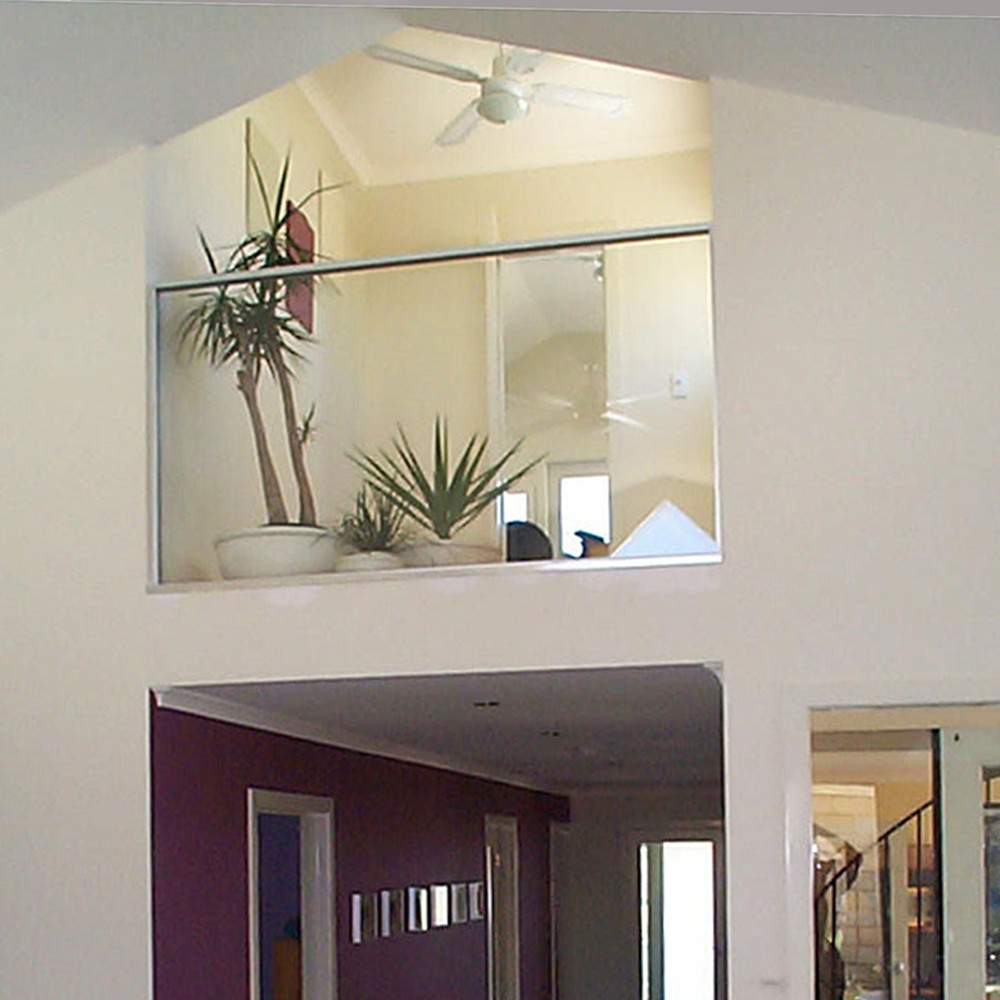
3. forget Screensavers
Screensavers on your computer don’t save you energy and consume energy you don’t use. Turn them off and start any energy-efficient mode on your computer, such as energy star.
The startup surges for equipment are of concise duration and continue only for a few seconds.
4. energy efficient Office Equipment & Supplies
When choosing business equipment, you can include energy efficiency in your criteria.
If your budget is tight, you could buy second-hand equipment in good working order or refurbished equipment.
Think about the end of life use of your equipment and toners and printer cartridges. Can they be recycled?
In the ‘Green Office Guide,’ it states if you used recycled paper, this recycled paper uses 90% less water and 50% less energy when compared to the water and energy required to manufacture paper from trees.
5. low energy Lighting
Artificial lighting can be another big energy user. If possible, use natural daylight. You could consider motion sensors to turn off lights when not in use.
LED lights are becoming more affordable. A 100W light bulb is equivalent to an average 17W LED lamp. There are some local council government schemes where you can have all your light bulbs changed over to LEDs without charge. Changing your quartz halogen downlights to LEDs is a straight forward way to reduce your energy bills.
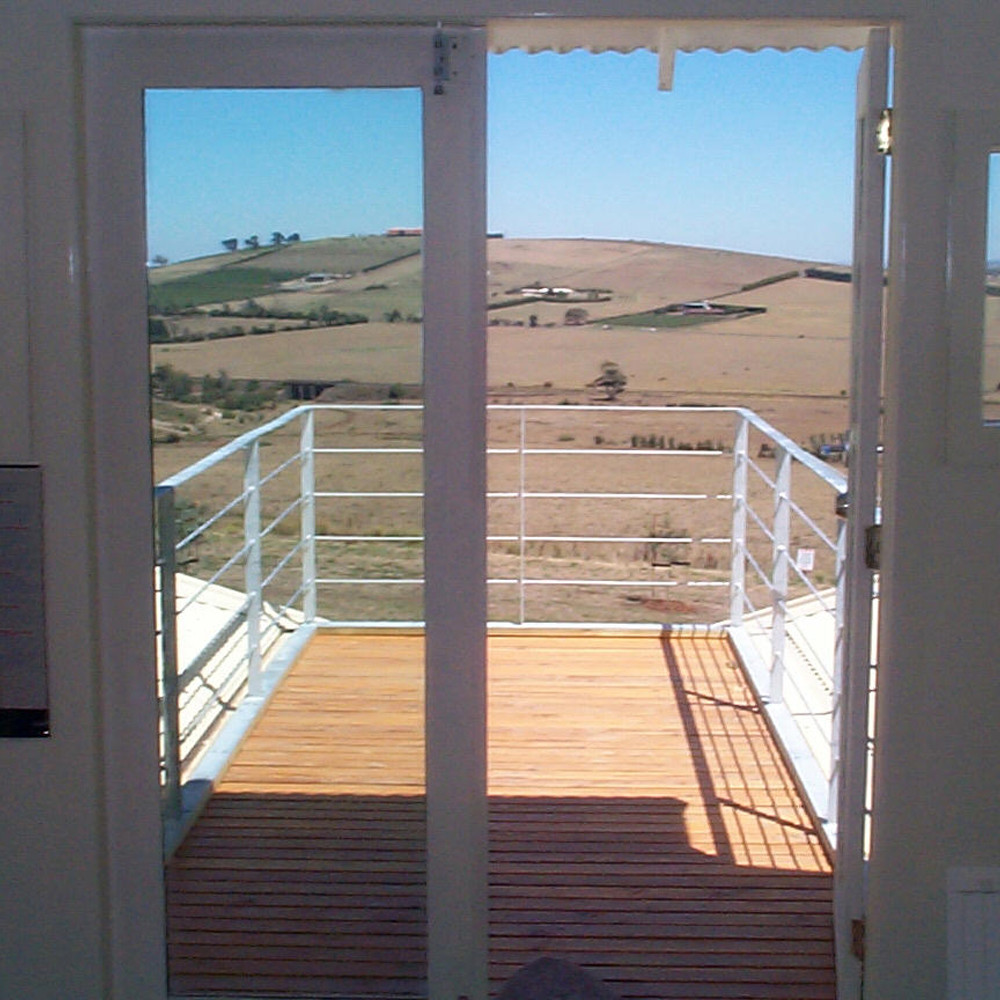
6. air cleaning Plants
Some plants will clean the air of chemicals and provide an environmentally friendly feel about your home office.
7. Photovoltaics to generate your energy
The Sun generates photons that stream down to earth as visible light. Solar cells convert the power of light directly into electricity. When you assemble solar cells in groupings, they become a solar array. Six or so solar panels are typically put together in a group facing the sun. A photovoltaic array generates electricity using panels. The power made from these panels offset your energy consumption. You can learn how photovoltaics work in this Nasa Science article.
Installing a photovoltaic array may reduce your electricity bills to zero. Contact your local council to see if they have a bulk buy program where you can purchase a photovoltaic array and have it supplied and installed for you, with assurances from your local council.
8. Reduce, Recycle, Reuse
Rethink how you run your business to see if you can improve in these areas of reducing, recycling and reusing. Changes to your business in these areas will save you money in the long run and help the environment.
The type of simple things you can start doing to reduce consumption is using both sides of your paper. You could sort out your waste effectively into different categories and receptacles for recycling.
Considering these three aspects of your green business system will mean that you will run an efficient business with minimal waste.
Going green in your business is not as difficult as it may first seem. It is a practical, no-nonsense approach to running a streamlined company that is efficient and effective; while saving the environment.
BP Architects design green homes that allow you to live a premium sustainable lifestyle, which your family will love, your guests will admire and saves you 25% on your energy. At BP Architects, we help you realize your dream home.
If you want to have a green home or an eco-friendly office, contact Bridget at BP Architects to see how we can help you. You can learn more about our architect house design and read how we work with our Clients.

